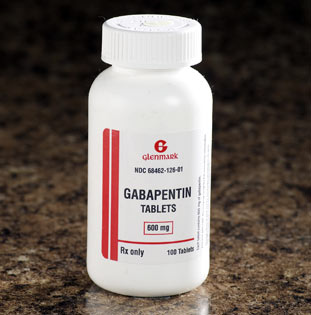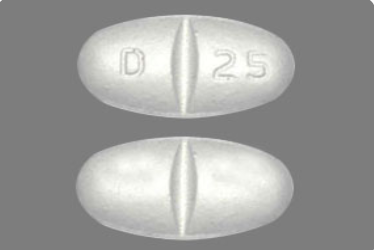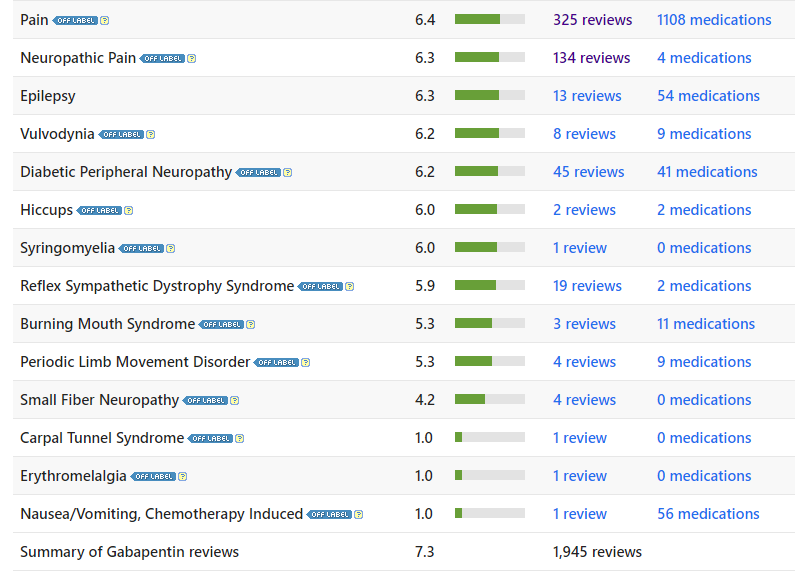Gabapentin is an anti-epileptic medication, also called an anticonvulsant. It affects chemicals and nerves in the body that are involved in the cause of seizures and some types of pain.Gabapentin is used in adults to treat nerve pain caused by herpes virus or shingles (herpes zoster).
The Horizant brand of gabapentin is also used to treat restless legs syndrome (RLS).The Neurontin brand of gabapentin is also used to treatseizures in adults and children who are at least 3 years old.
Gabapentin is also be used to treat following health conditions:
- Alcohol Withdrawal
- Anxiety
- Benign Essential Tremor
- Bipolar Disorder
- Burning Mouth Syndrome
- Cluster-Tic Syndrome
- Cough
- Diabetic Peripheral Neuropathy
- Epilepsy
- Erythromelalgia
- Fibromyalgia
- Hiccups
- Hot Flashes
- Hyperhidrosis
- Insomnia
- Lhermitte’s Sign
- Migraine
- Nausea/Vomiting, Chemotherapy Induced
- Neuropathic Pain
- Occipital Neuralgia
- Pain
- Periodic Limb Movement Disorder
- Peripheral Neuropathy
- Postherpetic Neuralgia
- Postmenopausal Symptoms
- Pruritus
- Pudendal Neuralgia
- Reflex Sympathetic Dystrophy Syndrome
- Restless Legs Syndrome
- Small Fiber Neuropathy
- Spondylolisthesis
- Syringomyelia
- Transverse Myelitis
- Trigeminal Neuralgia
- Vulvodynia
Gabapentin is a medication primarily used to treat epilepsy (seizure disorders) and neuropathic pain (pain caused by nerve damage). However, it has also been prescribed for several other health conditions off-label, meaning its use for these conditions is not FDA-approved but may be prescribed by healthcare providers based on clinical judgment and evidence.
Some of the health conditions for which gabapentin may be prescribed off-label include:
-
- Chronic pain conditions such as fibromyalgia
- Postherpetic neuralgia (nerve pain following shingles)
- Restless legs syndrome (RLS)
- Migraine prevention
- Hot flashes associated with menopause
- Anxiety disorders, particularly generalized anxiety disorder (GAD)
- Bipolar disorder (as an adjunctive treatment)
- Insomnia
- Alcohol withdrawal symptoms
- Pruritus (itching) associated with various conditions
It’s important to note that while gabapentin may be effective for some of these conditions, its off-label use should be carefully considered by healthcare providers, and the risks and benefits should be discussed with the patient. Additionally, individual responses to gabapentin can vary, and not everyone may experience the same level of benefit or may experience side effects.








